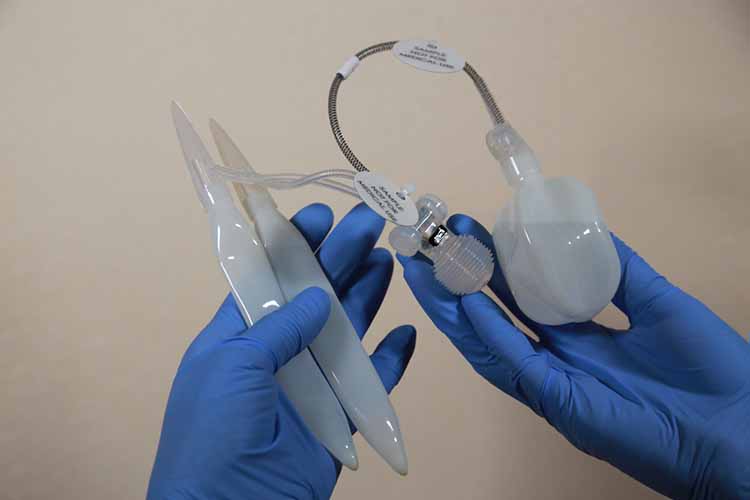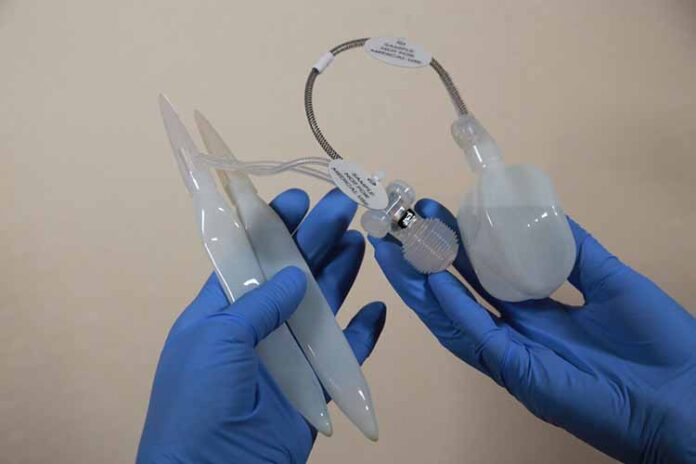Various treatment methods such as drugs, vacuum therapy devices, ESWT shock wave therapy are used in the treatment of erectile dysfunction.
In cases where there is no response to all these treatments, a surgical option emerges. For this purpose, vascular insertion (bypass) surgeries have been performed in the past, but due to the very low success rates, this type of surgery has been abandoned today.
Nowadays, penile prosthesis (happiness stick) treatment is the most effective treatment recommended in the context of evidence-based medicine, in the light of scientific data, for patients who do not respond to other treatment methods.
Who can have the penile prosthesis?
- Patients who have tried other treatment methods but have not been successful
- Patients with contraindications to receive other treatment methods
- Patients who do not want to receive other treatment methods
Penile prosthesis surgery is recommended.

Recently, information on this subject was published in the JSM magazine. In this article, I would like to share 15 golden tips that I could roughly compile in this article, which is an answer to all the curious questions.
1. Penile prosthesis surgery is preferred in patient groups that do not respond to drug treatments. It is a treatment option in patients for whom drug use is contraindicated. It is also a treatment option for patients who do not want to use drug therapy.
2. The surgeon should obtain a detailed disease history from the patient. It is important for doctors to obtain more comprehensive and detailed information from the patient about their sexual functions. Before prosthetic surgery, penile examination should be performed together with general urological examination.
3. Before surgery, patients should be informed about other treatment alternatives. Within the framework of this information, detailed and comprehensive information should be given about any situation that may occur in the patient after the operation. Patients should be informed in detail about infection, pain, satisfaction, penile length or thickness, which may be low after surgery.
4. The risk group patients who are likely to have postoperative problems should be determined in advance. Patients in the risk group;
- Those with diabetes
- Those who have had a prosthesis fitted and/or removed before
- Those with other additional diseases (comorbidity)
5. Hydrophilic coated or antibiotic coated prostheses are preferred in patients who will be fitted with an inflatable penile prosthesis. This significantly reduces the risk of developing infection.
6. The patient should be informed about one-piece malleable prostheses. One-piece prostheses are generally preferred in patients with insufficient dexterity. However, it should be stated beforehand that one-piece prostheses can be inserted in penises that cannot be fitted with an inflatable prosthesis due to different conditions during the surgery.
7. Cleaning of the surgical area is very important before prosthetic surgery. The use of alcohol-based disinfectants in pre-operative surgical field cleaning significantly reduces the development of infection. Another important factor in reducing the development of infection after surgery is the level of HBA1C used in the follow-up of diabetes.
8. It is recommended to start both an antibiotic effective against gram-negative microorganisms and a strong-effective antibiotic against gram-positive microorganisms before incision on the penis and before starting the surgery.
9. It is generally not recommended to shave the penis and scrotum area by the patient just before the surgery because of the possibility of traumatic effects on the skin. This situation is mostly depends on the preference of the surgeon.
10. Inflatable penile prostheses are more preferred because they cause less damage to the penile skin.
11. Any of the penoscrotal, infrapubic or subcoronal incisions can be preferred to insert the prosthesis into the penis.
Which surgical incision will be made;
- The type of prosthesis to be selected
- The characteristics of the patient’s anatomical structure
- The patient’s previous surgeries
- Surgeon’s experience and knowledge
Incision types vary according to these preferences.
12. Post-operative patient follow-up is important to increase patient satisfaction. In this way, a potential problem can be detected and followed up in advance. It is also important to demonstrate and teach the correct use of the device to patients.
13. In case of infection, close follow-up is required in order to save the prosthesis with appropriate antibiotic treatments and wound care. For uncontrolled situations, the surgeon will decide when the prosthesis should be removed.
14. When it is desired to put prosthesis again after the prosthesis that was previously inserted and removed, the surgeon should be experienced in opening the adhesions that may occur due to fibrosis in the penis and should have sufficient surgical equipment to expand the penis for this procedure.
15. Priapism is a prolonged painful erection of the penis. Sometimes this can take hours or even days. Erectile dysfunction is frequently experienced in patients with prolonged priapism, and penile prosthesis is recommended to be inserted in the early period, since erection will disappear completely in this group of patients.




